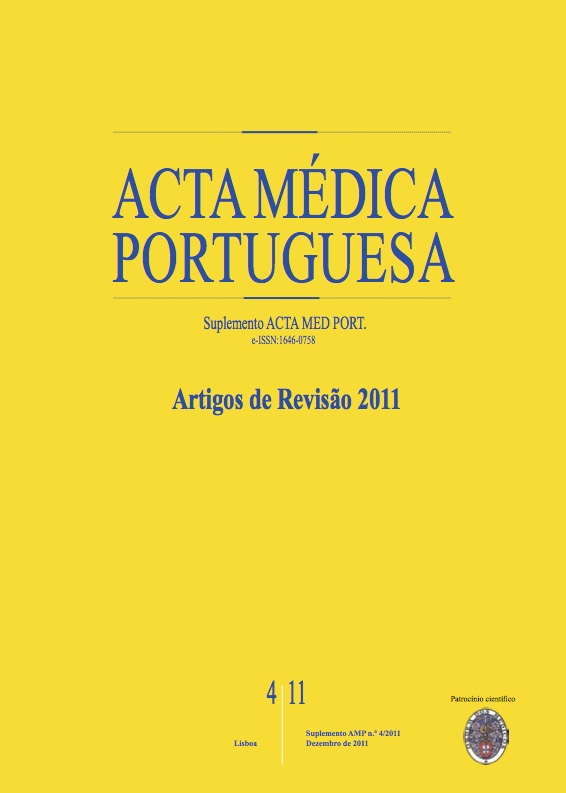O papel do médico dentista no diagnóstico e sinalização do abuso de crianças.
DOI:
https://doi.org/10.20344/amp.1574Resumo
Child Abuse is a frequent problem worldwide that surpasses ethnicity, religion, culture, economic and social classes. In the United States of America child protective services account, per year, over one million cases of child abuse or neglect. In Portugal, the incidence of the problem is unknown but each year thousands of abused children are accompanied by the Commissions for the Protection of Children and Youth at Risk. This abuse threatens children's physical, emotional and intellectual development, as well as their dignity, security, well-being and even their own lives. The body regions most frequently affected in physical abuse, are the cranium, neck and orofacial region, in fact, about 50% of the injuries arising from child abuse occur in the orofacial region. These data place the dentist in a privileged position to make the detection, diagnosis and report of child abuse. Therefore, these professionals must be prepared to recognize, diagnose and report their suspicions to the appropriate authorities, which play a key role in victims protection and criminal investigation. This review intends to stress the important role of the dentist in the detection, diagnosis and report of child abuse, systematizing child abuse risk factors and indicators essential to the intervention of these professionals. This problem's approach is multidisciplinary, involving particularly dentists, who must obtain continuing education and training in this area.Downloads
Downloads
Como Citar
Edição
Secção
Licença
Todos os artigos publicados na AMP são de acesso aberto e cumprem os requisitos das agências de financiamento ou instituições académicas. Relativamente à utilização por terceiros a AMP rege-se pelos termos da licença Creative Commons ‘Atribuição – Uso Não-Comercial – (CC-BY-NC)’.
É da responsabilidade do autor obter permissão para reproduzir figuras, tabelas, etc., de outras publicações. Após a aceitação de um artigo, os autores serão convidados a preencher uma “Declaração de Responsabilidade Autoral e Partilha de Direitos de Autor “(http://www.actamedicaportuguesa.com/info/AMP-NormasPublicacao.pdf) e a “Declaração de Potenciais Conflitos de Interesse” (http://www.icmje.org/conflicts-of-interest) do ICMJE. Será enviado um e-mail ao autor correspondente, confirmando a receção do manuscrito.
Após a publicação, os autores ficam autorizados a disponibilizar os seus artigos em repositórios das suas instituições de origem, desde que mencionem sempre onde foram publicados e de acordo com a licença Creative Commons









